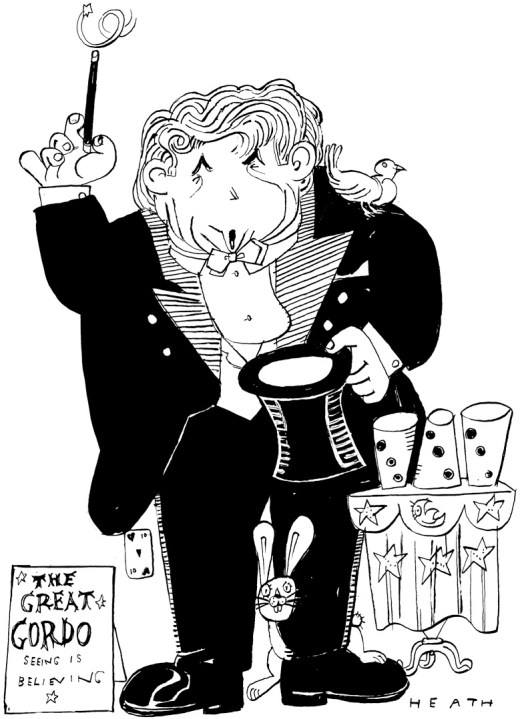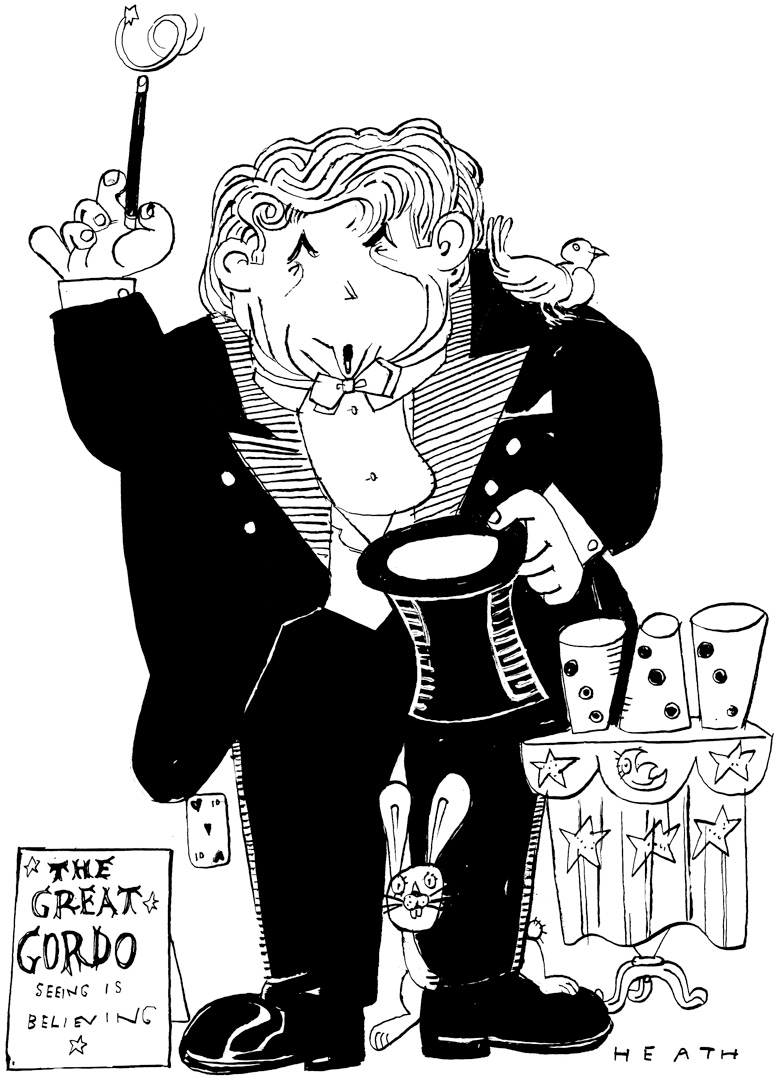 “Inflation is only 2.1%, or as he will now say, only 2.2%. That is not what my groceries, fuel, energy, rail travel, council tax, water charges, insurance etc. etc. tell me.” – m
“Inflation is only 2.1%, or as he will now say, only 2.2%. That is not what my groceries, fuel, energy, rail travel, council tax, water charges, insurance etc. etc. tell me.” – m
“I’ll go with inflation as well – surely there can’t be many people out there who find themselves buying household fuel, food or petrol, or paying mortgages and council tax, who seriously believe that the extra they are paying can realistically be offset by cheaper televisions and frocks from Tesco.” – Liz Upton
As CoffeeHousers ‘m’ and ‘Liz Upton’ indicate, inflation is perhaps the hardest to swallow of all the Government’s fiddled figures. As the nation shells out more than £1 a litre at the pumps and digests a 15% rise in bills, the Prime Minister tells us we’ve never had it so cheap. Or, to use his own words:
“The difference between our country then and now is that inflation at that time was 10 per cent and the Conservatives could not reduce interest rates, whereas inflation at the moment is 2 per cent. and the Governor of the Bank of England was able to reduce interest rates”
How on earth, then, has Brown the Magician pulled 2% inflation out of his hat? By a series of cunning tricks, explained below.
1. The Metric Switch
This is a classic Brownie. The trick used here is the “metric switch” – both figures are valid, but they are different measures. The first (10%) figure was the peak for the Retail Price Index (RPI) and the last figure (2%) the current for Consumer Price Index (CPI). The latter excludes mortgage repayments – thus it’s guaranteed to give a lower figure. So had Mr Brown been honest, he would either have said that inflation peaked from 8.1% to 2.1% (CPI) or from 10.9% to 4.3% (RPI).
Note how small the difference is between truth and the version carefully prepared for the House of Commons. But this is a classic symptom of the Brownie: they are little lies. Tiny tricks to magnify, even a little bit, the success.
2. The “Year Zero” tactic
Another main Brown device is “Year Zero” – claiming credit for trends which started long before he entered power. To listen to the above quote, one might think inflation had been slain by Labour. In fact, the real catalyst was Britain’s exit from the ERM. The boast Brown makes in 2008 could have been made in January 1993 when CPI was 2.2% and RPI was 1.7%.
As the below graph shows, the inflation situation has actually got worse under Labour. When Brown talks about the “early 1990s” versus today, he is taking a bow for a phrase he has brilliantly erased from British politics: the successes of the John Major government:

3. Note: Misleading the house
Anne McIntosh: Why is the rate of inflation running at a higher rate now than the one his Government inherited?
Gordon Brown: But it is not. Inflation is 2.1 per cent.
(Hansard 16 Jan 08)
McIntosh was right, and the Prime Minister misled the house in denying her. In May 1997, CPI was 1.9% and RPI was 3.7%. As of 6 March 2008, CPI was 2.2% and RPI 4.1%.
4. Bringing America into it
“Therefore, it is all the more remarkable that our inflation is 2.1 per cent., when it is 3 per cent. in the euro area and 4 per cent. in America, on the same comparable index.” (Hansard, 16 Jan 08)
There is no comparable index. US inflation is measured in a different way in different places (ie, urban areas). The US Statistics Bureau explains the differences in a detailed note here, as it mulls over whether to produce an index that is as comparable as Brown wrongly suggests the current one is.
5. The truth about the rest of Europe
You may remember Ed Balls being beaten up about inflation in January 2007 on the Daily Politics (YouTube here)
Andrew Neil: Under what other major economy, at the moment, is inflation higher?
Ed Balls: Hang on a sec. Inflation today is 3%. Back 1998/89 it above 10%.
Neil: But our inflation is higher than any other major developed economy. Correct?
Balls: But you know…
Neil: Correct? Correct?
Balls: If you look at this month’s figures, you’re right.
Balls must have thought: just wait until January 2008. By then, we’ll be comparing ourselves to a higher base – and we’ll be able to wrongly boast that inflation has been tamed! And so it came to pass. Inflation kicked off in Britain before the rest of the Eurozone. In January 2007, Britain led Europe on inflation (see PDF) and the cycle is lower now. So what’s the real picture? The OECD produces a (genuinely) comparable figure between the UK and Eurozone, showing that the great quantum difference Brown talks about does not exist:

6. Credit stealing
An epilogue to all this is that in 1997, Brown handed monetary policy to the Bank of England. In America it was Greenspan who mopped up the applause for stability – and rightly. The Fed, not the federal government, sets the rates. This change has not quite seeped through in Britain – people still thrown the brickbats or bouquets at central government as per the days of the Ken and Eddie show. In this way, our little magician takes credit for monetary management which he has wisely subcontracted.
For Brownie No.2 – The Lisbon Treaty click here.








Comments